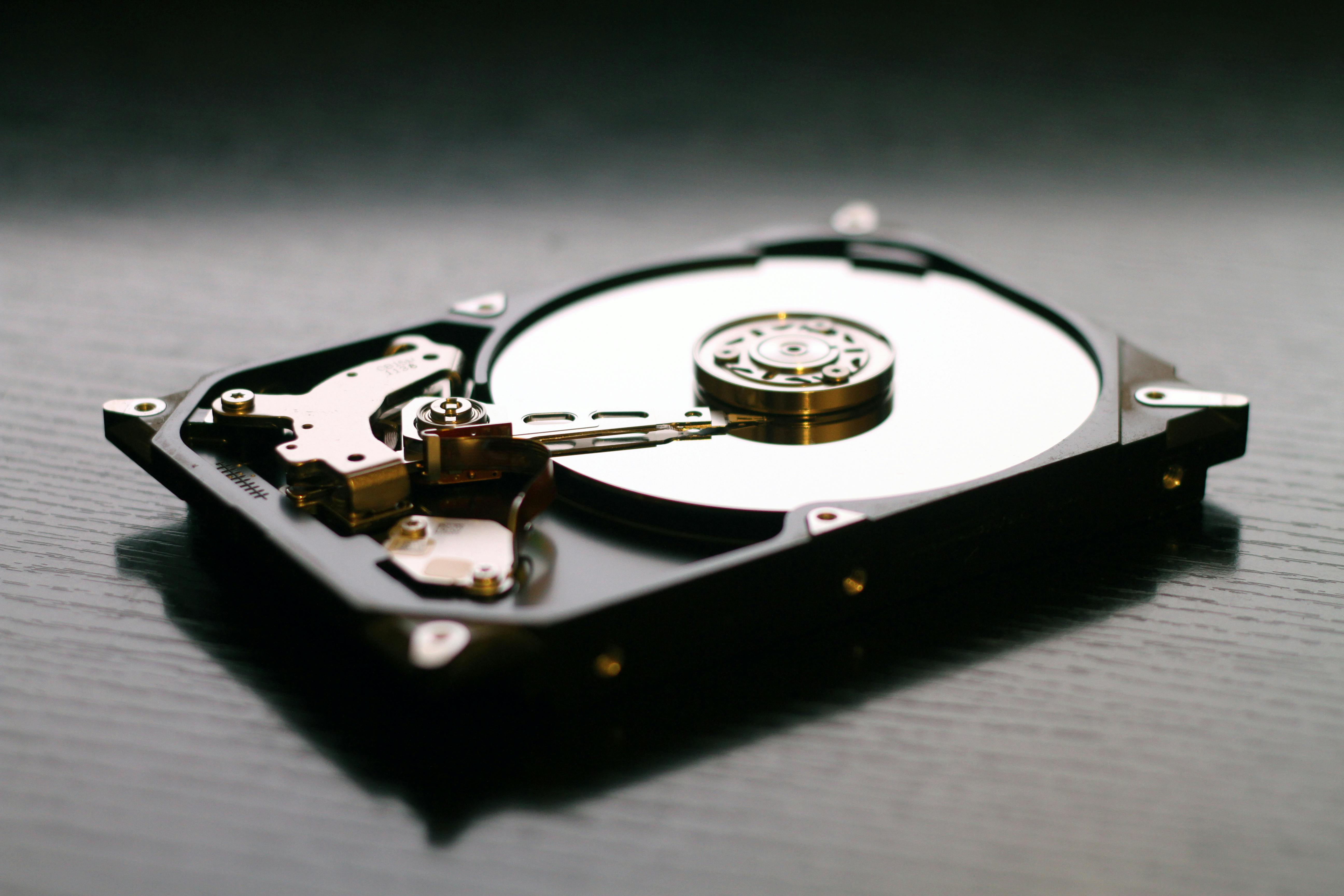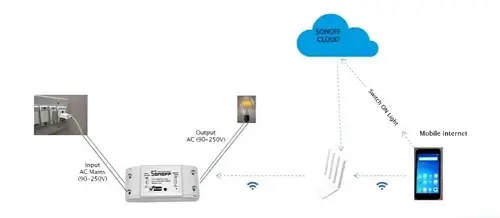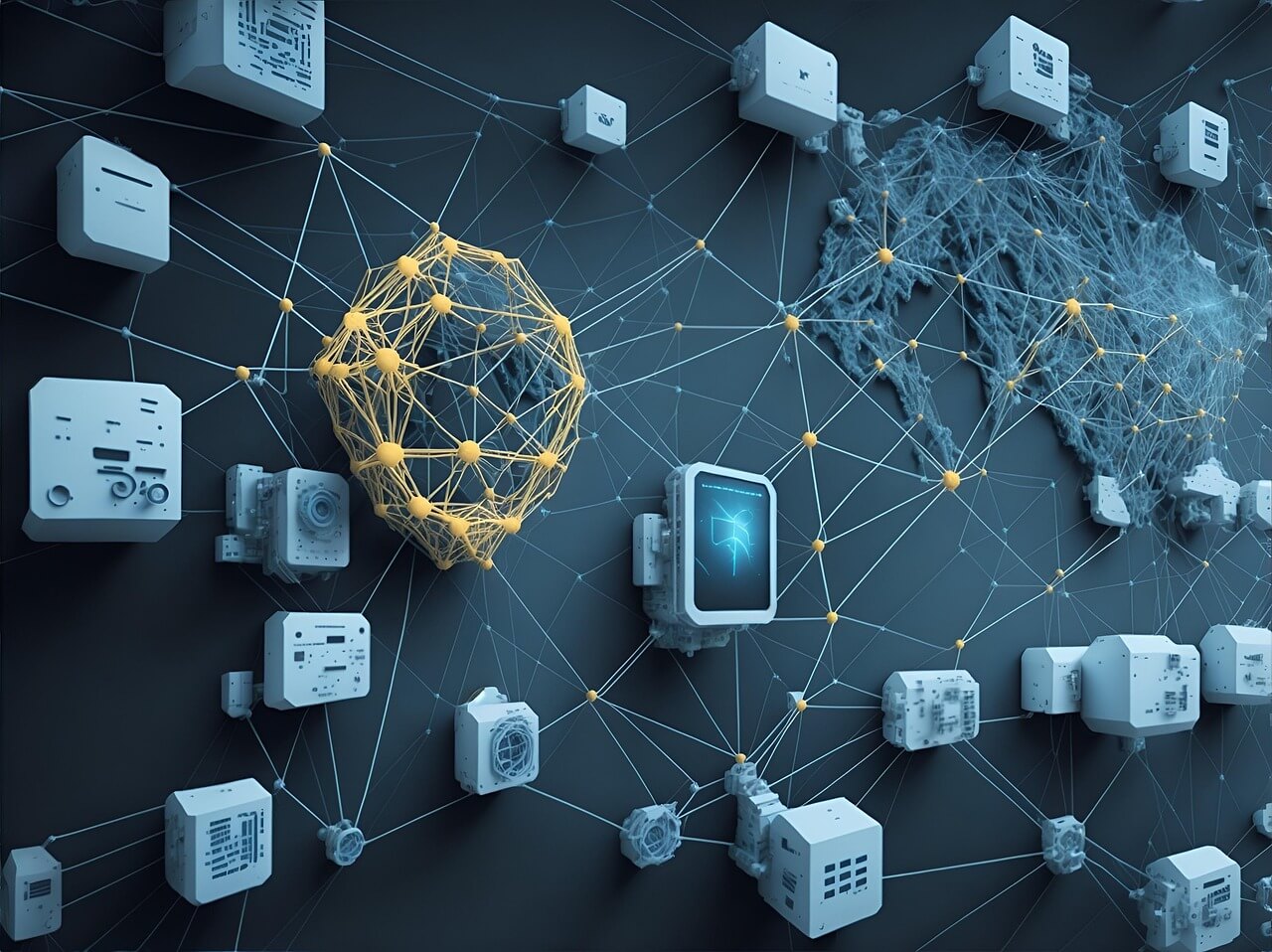Pressure Sensors in IoT: How They Keep Our World Running Smoothly
When you think about pressure sensors, you might picture something straight out of an engineering lab. But in reality, these little devices quietly play a massive role in our daily lives—especially when paired with the Internet of Things (IoT). From making sure your car tires are safe to ensuring medical devices work properly, pressure sensors are behind the scenes, keeping things running smoothly.
What Are Pressure Sensors?
A pressure sensor is exactly what it sounds like: a device that measures the pressure of gases or liquids. In simple terms, it tells us how “hard” a fluid or gas is pushing against a surface. The sensor then converts this physical pressure into an electrical signal that can be read, stored, or acted upon.
When you connect these sensors to IoT systems, you suddenly have the ability to monitor pressure remotely, in real time, and often on a massive scale. That’s where the real magic happens.
Types of Pressure Sensors
- Absolute Pressure Sensors: Measure pressure relative to a perfect vacuum. Useful in aerospace and industrial applications.
- Gauge Pressure Sensors: Measure pressure relative to atmospheric pressure (like your car’s tire gauge).
- Differential Pressure Sensors: Compare pressure between two points, often used in HVAC systems and filtration monitoring.
How Pressure Sensors Work in IoT
The concept is simple: sensors collect pressure data, IoT systems transmit it, and smart applications use it to make decisions. Let’s look at some examples.
1. Automobiles
Modern cars are filled with IoT-enabled pressure sensors. Tire Pressure Monitoring Systems (TPMS), for instance, alert you when your tires are under-inflated. Not only does this prevent accidents, but it also improves fuel efficiency.
2. Healthcare
Pressure sensors in IoT-powered medical devices help monitor blood pressure or manage ventilators in real time. This provides doctors and patients with accurate, continuous data that can be life-saving.
3. Smart Homes
Think of water supply systems. A pressure sensor connected to an IoT setup can detect leaks or unusual usage, preventing costly damage. It’s like having a watchful guardian over your plumbing.
4. Industrial Applications
Factories rely heavily on pressure sensors to monitor and control processes involving gases or liquids. IoT ensures this data is instantly available to operators, improving safety and efficiency.
Why They Matter
Pressure sensors may seem small, but in the IoT ecosystem, they are game changers. They provide real-time insights, prevent disasters, improve efficiency, and enhance safety. And as IoT grows, the role of pressure sensors will only expand.
Final Thoughts
Next time your car alerts you about low tire pressure or you hear about smart water systems preventing leaks, you’ll know pressure sensors are the unsung heroes making it happen. Combined with IoT, they’re helping build a world that’s safer, smarter, and more efficient.




